I was trying to solve the following problem:
An mn maze is an mn rectangular grid with walls placed between grid cells such that there is exactly one path from the top-left square to any other square. The following are examples of a 912 maze and a 1520 maze:
Let C(m,n) be the number of distinct mn mazes. Mazes which can be formed by rotation and reflection from another maze are considered distinct.
It can be verified that C(1,1) = 1, C(2,2) = 4, C(3,4) = 2415, and C(9,12) = 2.5720e46 (in scientific notation rounded to 5 significant digits).
Find C(100,500)
Now, there is an explicit formula which gives the right result, and it is perfectly computable. However, as I understand, the solutions to Project Euler problems should be more like clever algorithms and not explicit formula computations. Trying to formulate the solution as a recursion, I could only arrive at a linear system with number of variables growing exponentially with the size of the maze (more precisely, if one tries to write a recursion for the number of mxn mazes with m held fixed, one arrives at a linear system such that the number of its variables grows exponentially with m: one of the variables is the number of mxn mazes with the property given in the declaration of problem 380, while the other variables are numbers of mxn mazes with more than one connected component which touch the boundary of the maze in some specific "configuration" - and the number of such "configurations" seems to grow exponentially with m. So, while this approach is feasible with m=2,3,4 etc, it does not seem to work with m=100).
I thought also to reduce the problem to subproblems which can be solved more easily, then reusing the subproblems solutions when constructing a solution to larger subproblems(the dynamic programming approach), but here I stumbled upon the fact that subproblems seem to involve mazes of irregular shapes, and again, the number of such mazes is exponential in m,n.
If someone knows of a feasible approach (m=100, n=500) other than using explicit formulas or some ad hoc theorems, and can hint where to look, for me it would be quite interesting.
